Semaphore Jetty: A journey through time and tides
Semaphore Jetty, completed in 1860, embodies over 160 years of coastal history. Originally built for maritime purposes, this iconic structure has transformed into a beloved seaside destination and the terminus of the Semaphore to Fort Glanville Steam Railway.
In 1873, the jetty underwent a significant expansion, reaching an impressive 2,138 feet. This growth brought new additions, including a lifeboat shed, crew’s quarters, and customs facilities, solidifying its importance to the local community.
The late 19th century saw the construction of segregated public baths, reflecting the prudish sensibilities of the time. Beach signage directed men and women to separate areas, while bathers donned modest attire covering from neck to knee.
An amusing regulation prohibited bathing between 11 pm and 6 am, hinting at intriguing nocturnal activities. Storms often brought massive seaweed deposits, which creative beachgoers used to build wurlies – temporary shelters inspired by Aboriginal traditions.
Today, Semaphore Jetty stands at 1,918 feet, slightly shortened by time and tide. As you stroll along its timeworn boards, pause to appreciate the rich tapestry of history that makes this structure an enduring South Australian icon.




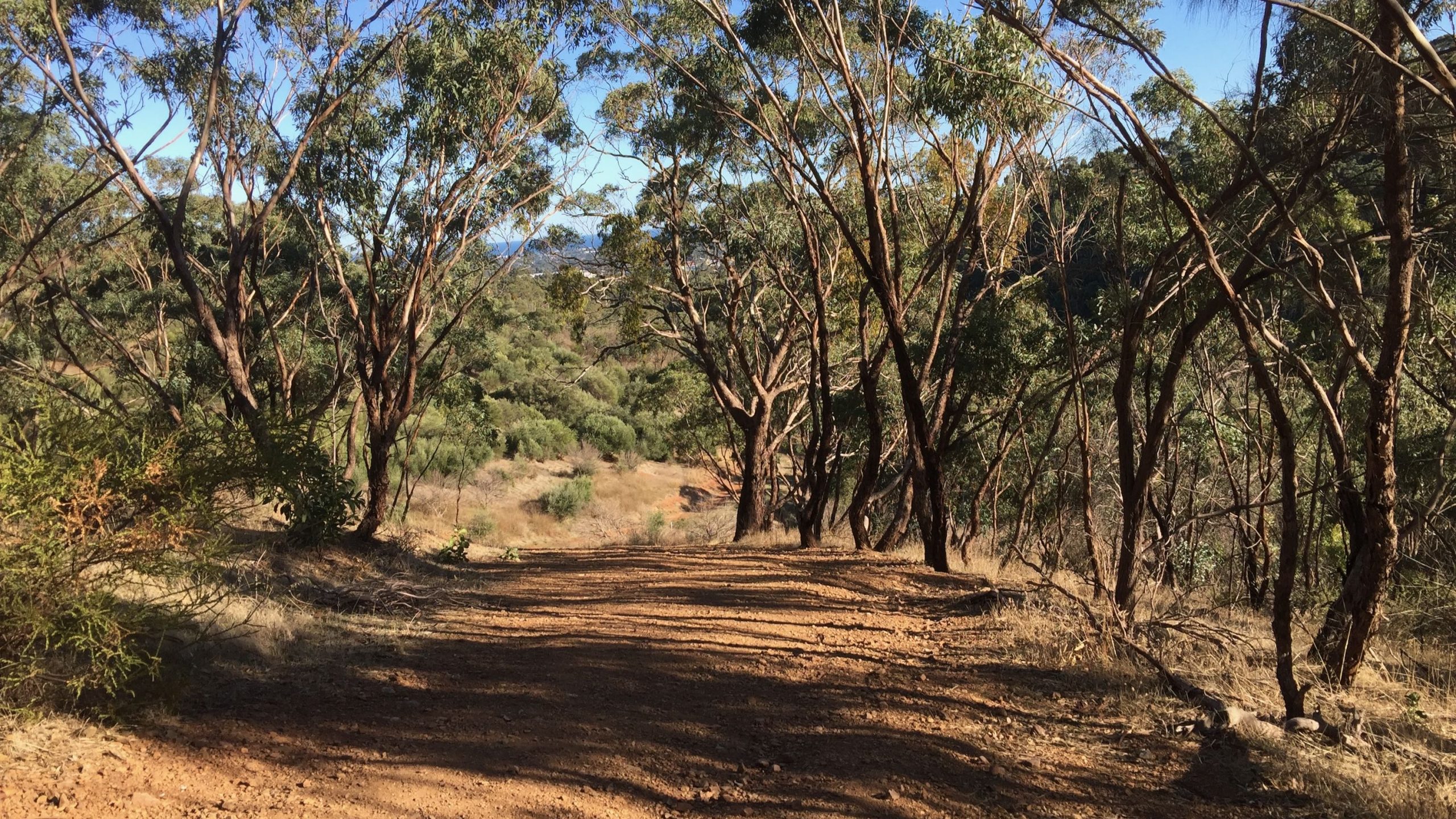
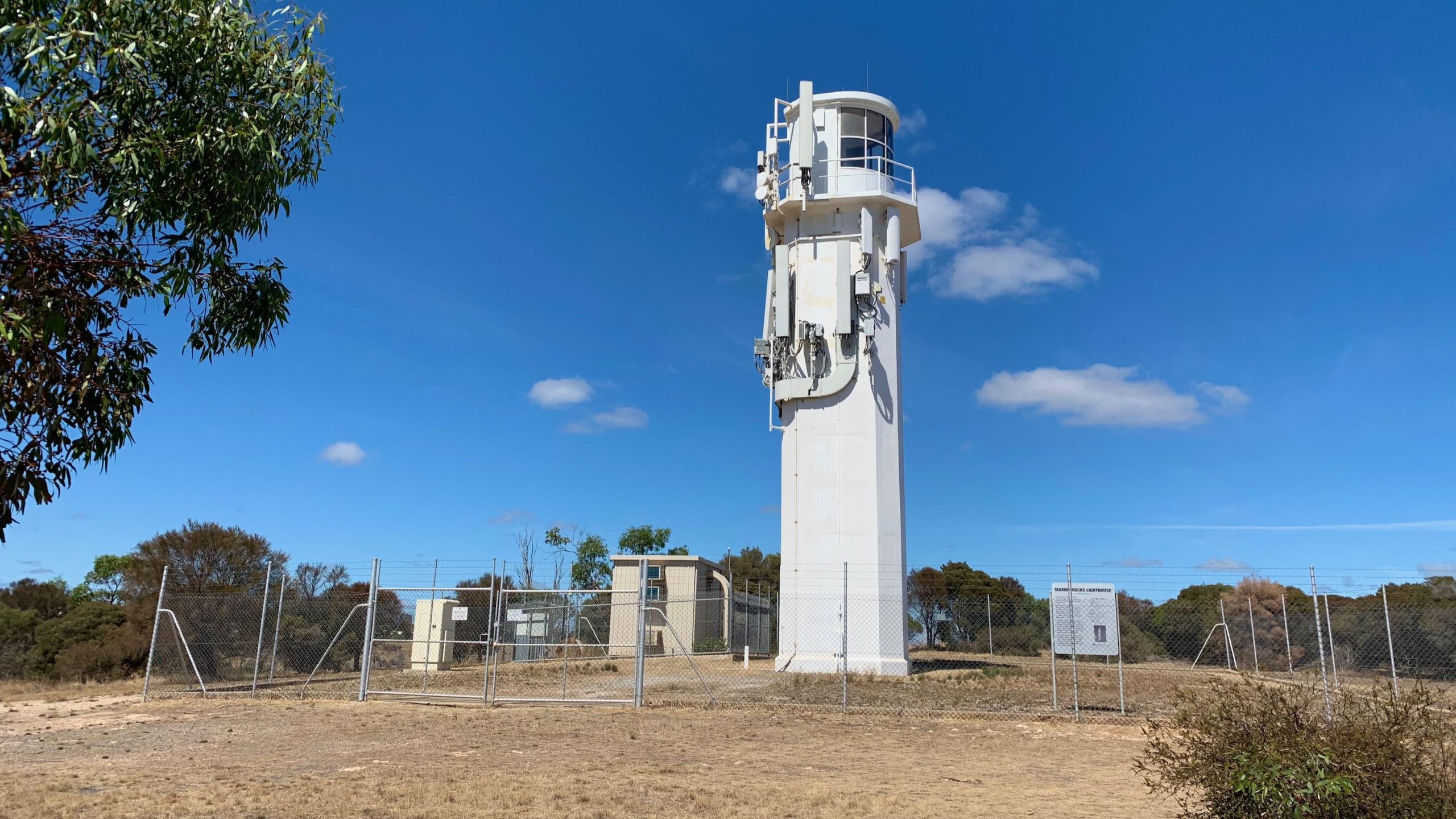
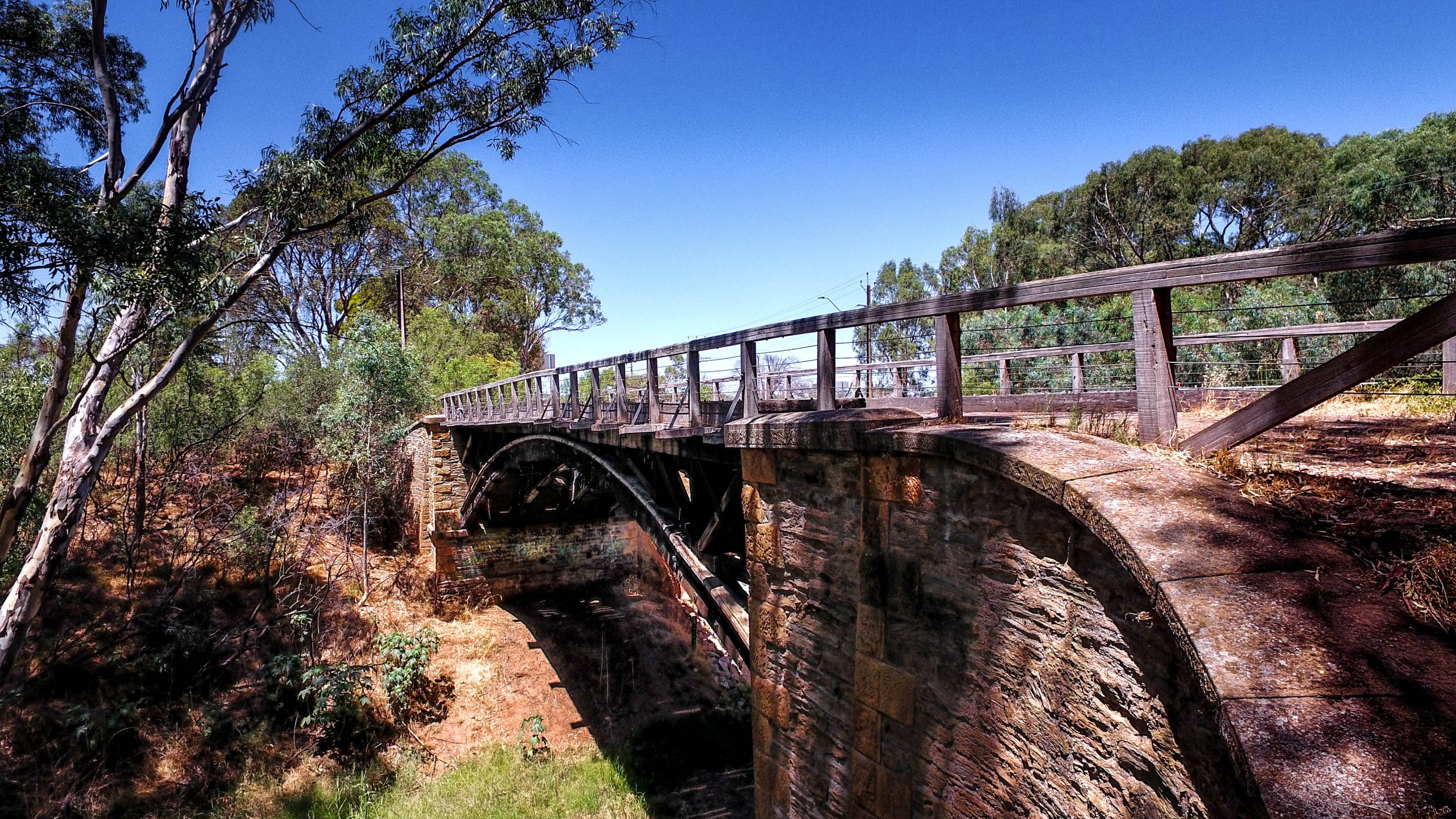


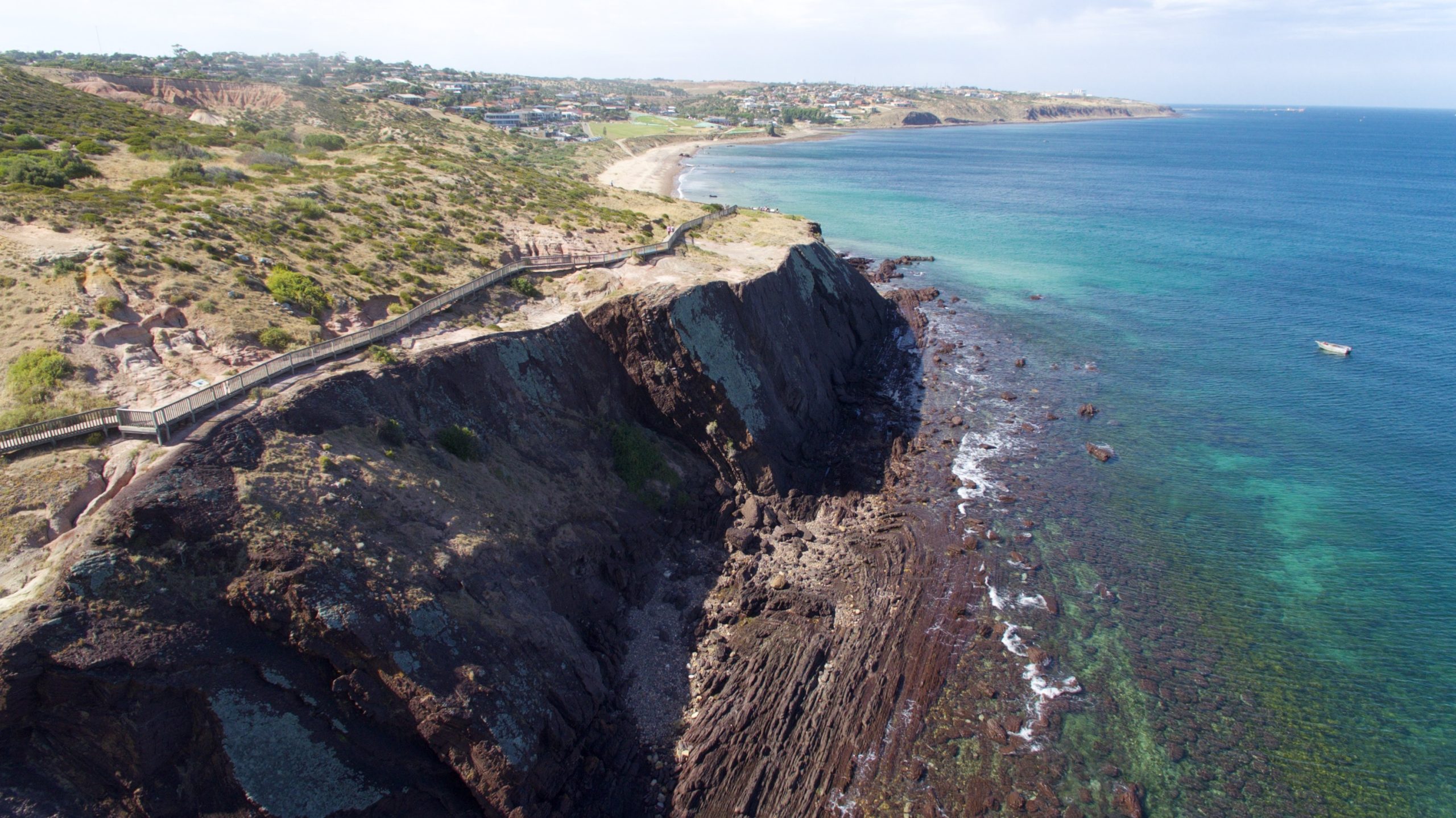
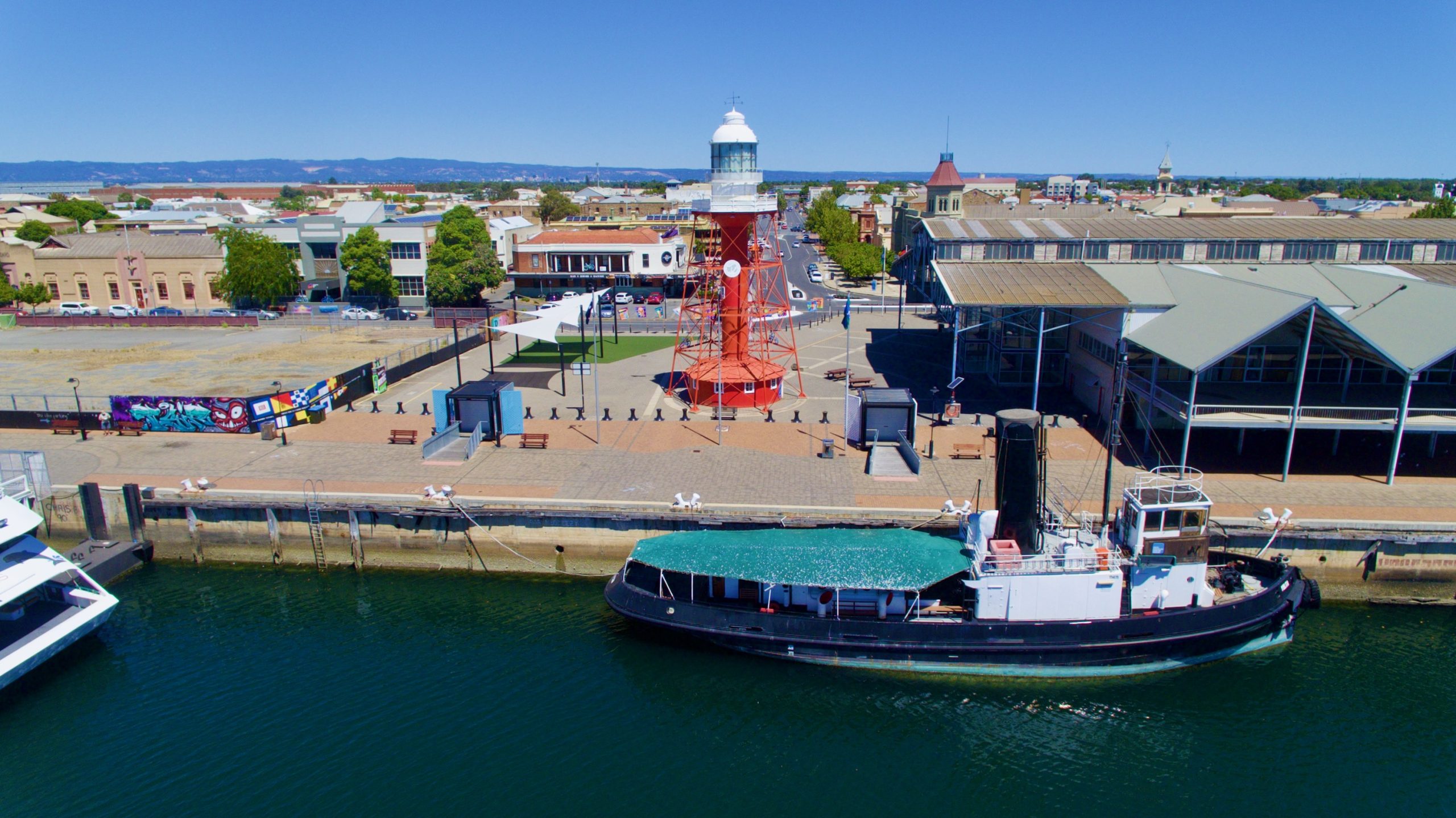
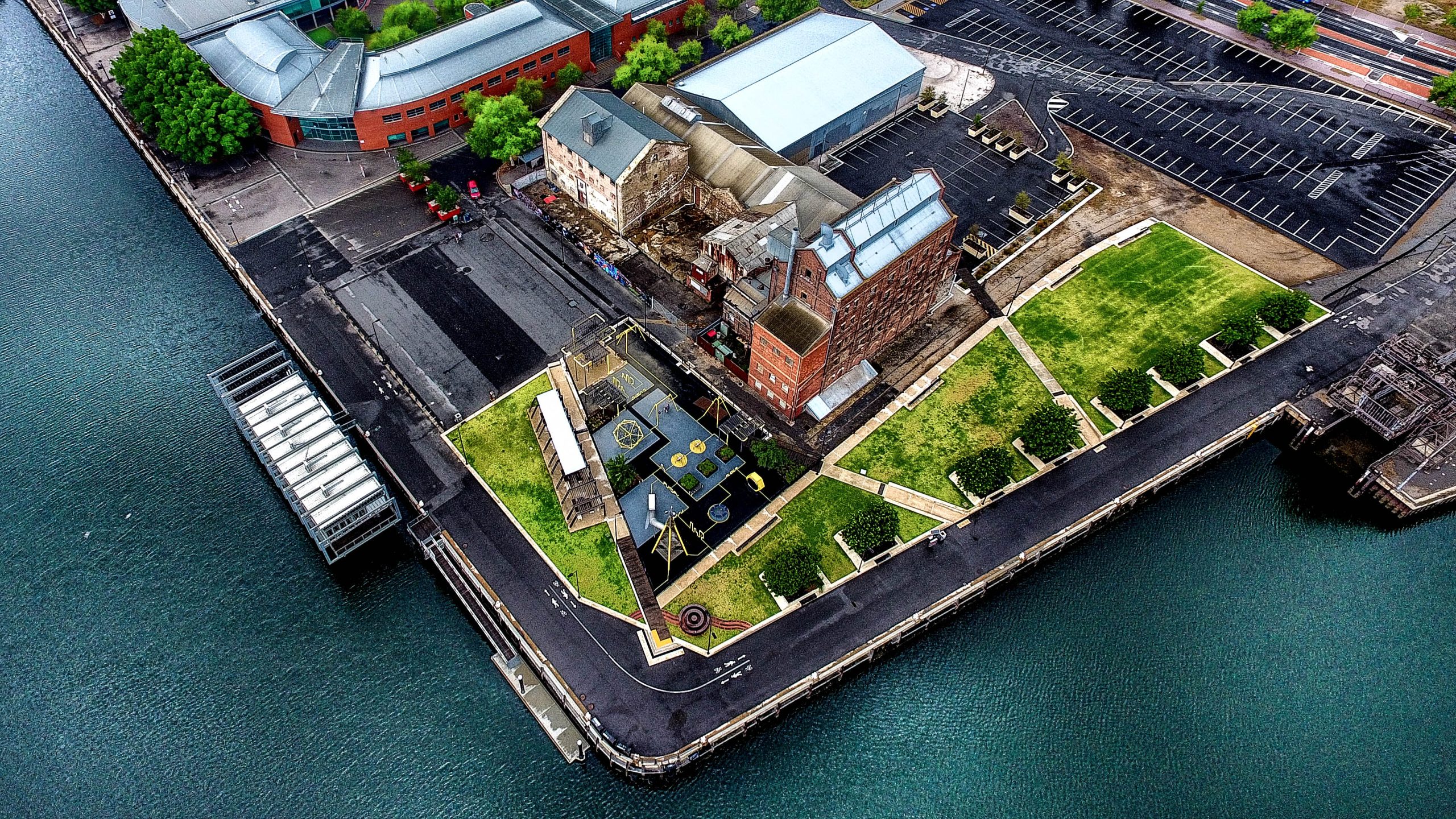
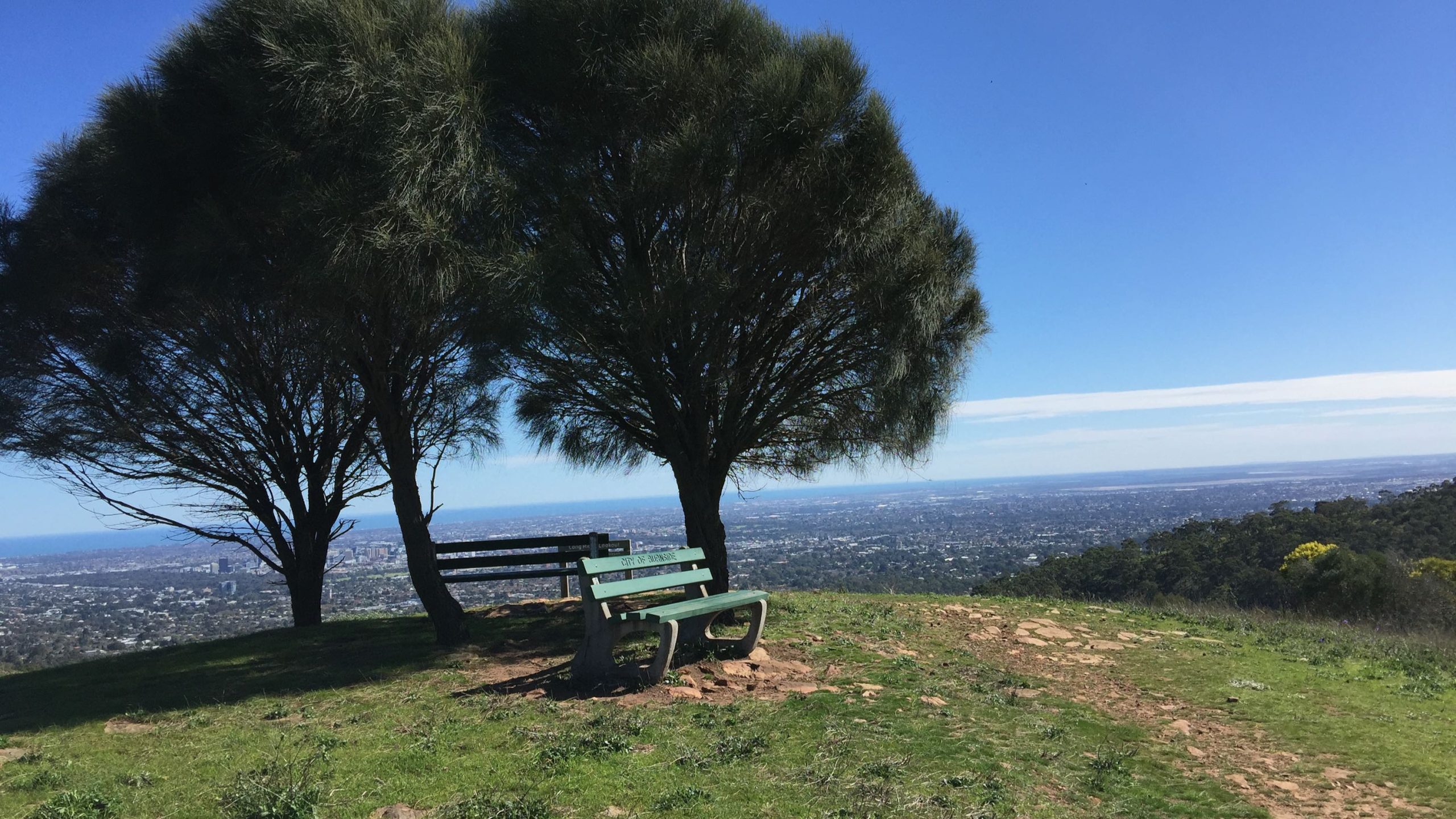

Leave A Comment